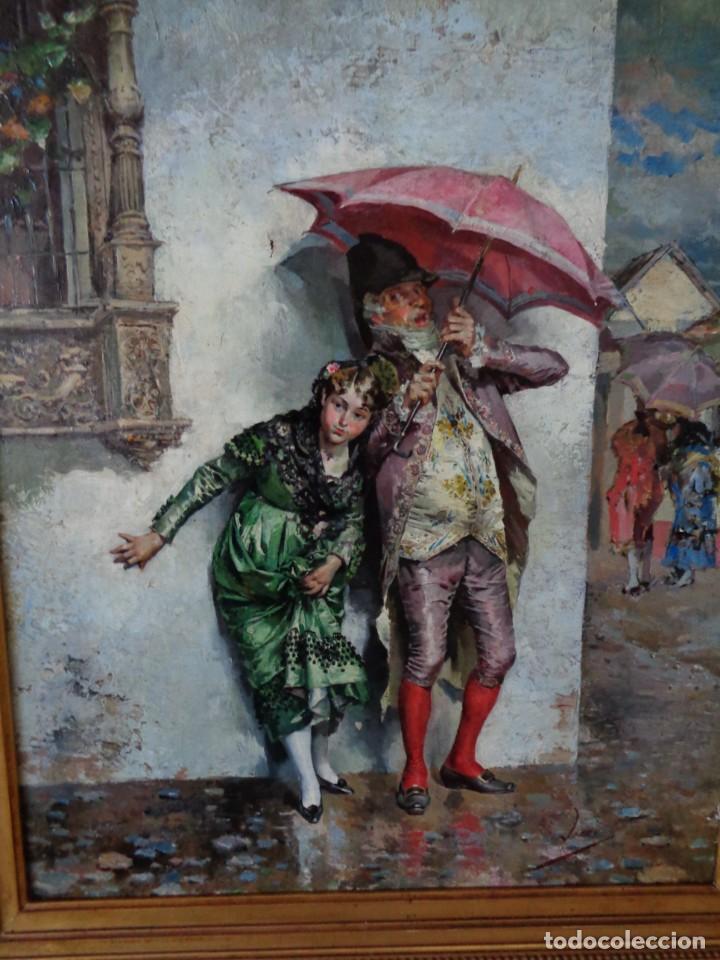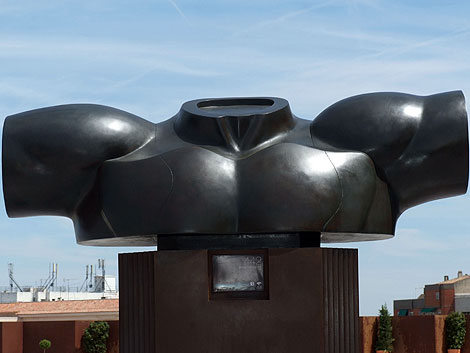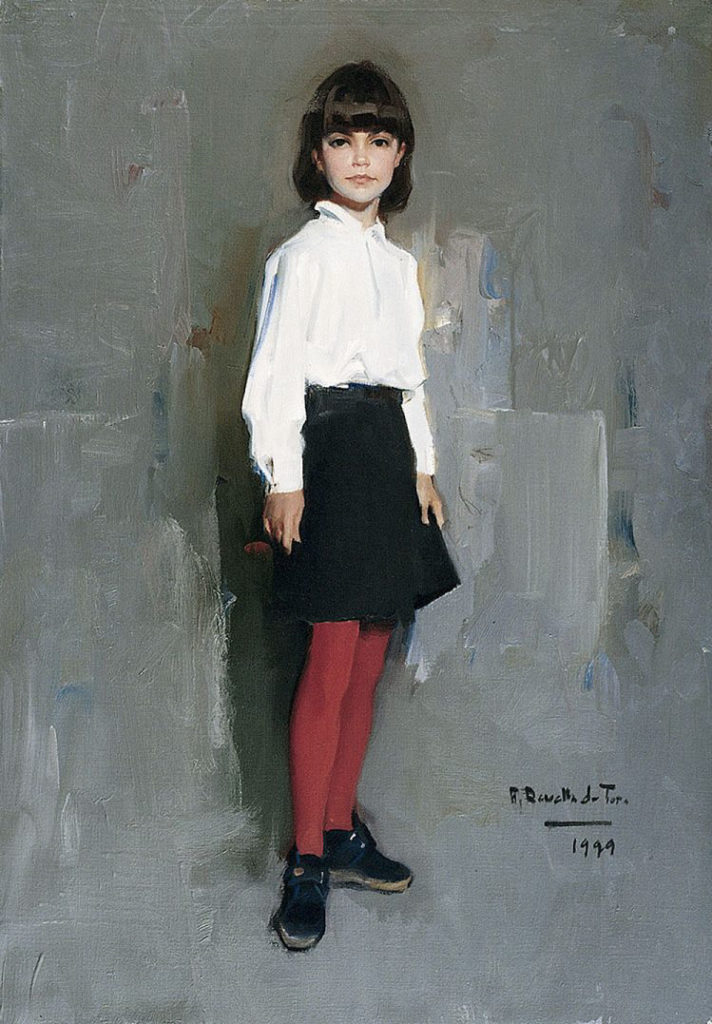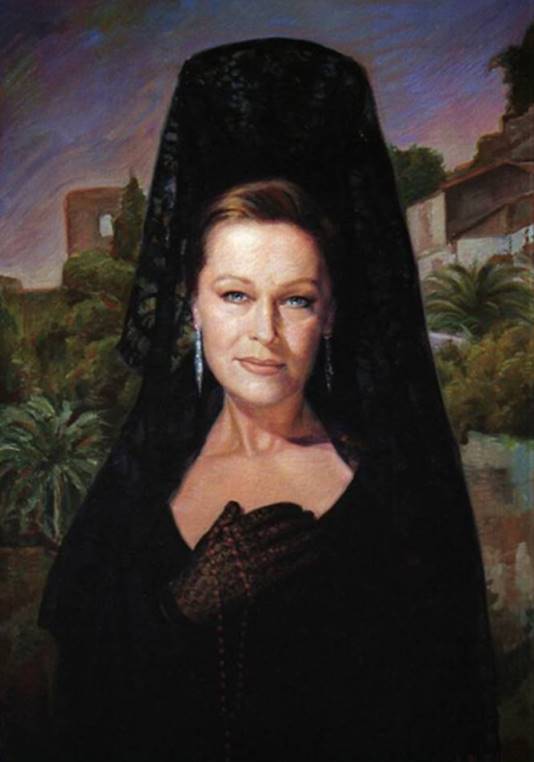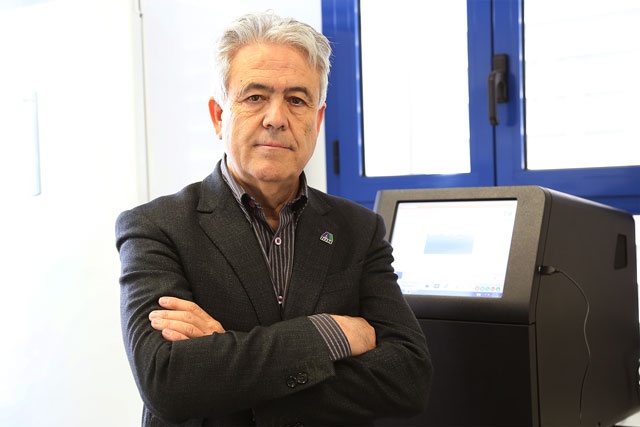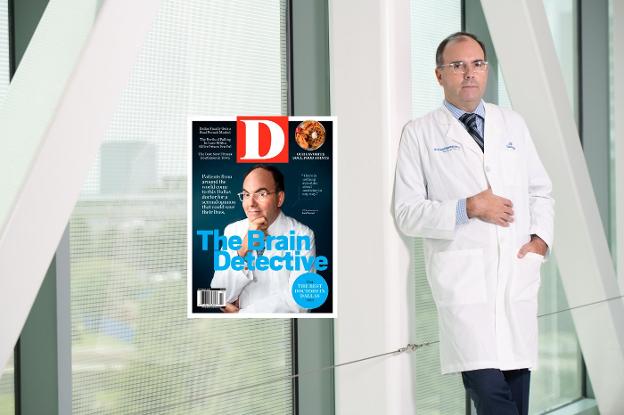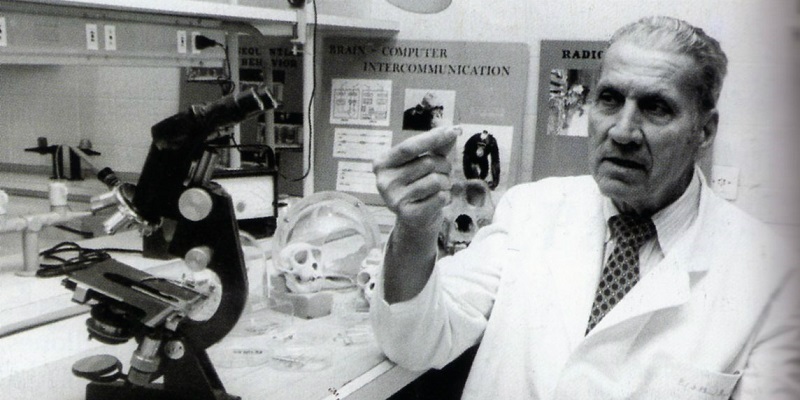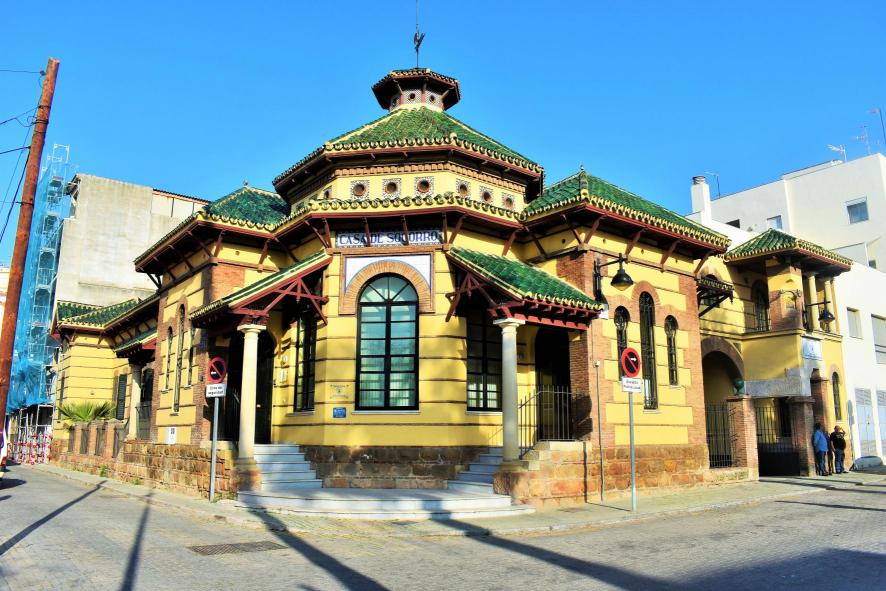MALAGUEÑOS DOCTORS AND SCIENTISTS
Luis Encina Candebat.
Luis Encina Candebat was born in Malaga in 1860. He was a doctor and politician. He graduated as a doctor in 1898. He had several private medical consultations in his hometown. He also held several important positions in the world of medicine, such as provincial health inspector, medical director of the tuberculosis clinic or president of the medical school of Malaga. In addition, he was a doctor in the Relief House of several districts, among many other charges.
In relation to politics, he has been Deputy Mayor of the City of Malaga and the district of Victoria. He was also Mayor of Malaga and deputy to Cortes in 1920 for the province of Malaga. Although throughout his career he has held numerous positions related to politics. Luis Encina died in 1928. At present, there is a street in Malaga with the name Mayor Encina Candebat in his honor.
Cristobal Jiménez Encina.
Cristóbal was born in Monda, in 1866. He was an ENT doctor and poet. He studied at the universities of Valladolid and Madrid. Throughout his career as a doctor, he had numerous private medical consultations in the city of Madrid. He also worked in the Otolaryngology Service of the Rubio Institute, and in 1906 he was appointed Chief of the Section of the same. He was a professor at the Encarnación Institute charity center, where he was in charge of the throat, nose and ears service. He also consulted in the so-called Maria Cristina Dispensary or Antituberculous Dispensary in Madrid.
Cristóbal was an Otorhinolaryngologist of the Hospital District Dispensary in 1934. In 1943 he went to the Victoria Eugenia Royal Sanatorium. In addition to all of the above, he held other important positions as Medical-School Inspector in Madrid, President of the Board of Directors of the Otolaryngological Society of Madrid, and President of the Board of Trustees for the deaf, blind and maternal Schools, among others.
He also published numerous works on otolaryngology, and gave countless lectures. He has received some tributes, such as the Great Benefit Cross in 1927, the Civil Health Order in 1950, or the Gold Work Medal, four years later. Cristobal died in 1956 after a brilliant career. There are currently two streets in his honor with the name Doctor Jiménez Encina in the municipalities of Monda and Torremolinos.
José Gálvez Ginachero.
José Gálvez Ginachero was born in Malaga in 1866. He was a gynecologist, president of the Medical Association of Malaga and also, mayor of his hometown. At present, because of his religiosity and his help and contribution to the people of Malaga, Galvez is in the process of beatification.
José attended the Mecidina degree in Granada, and the doctorate in Madrid, obtaining the "cum laude". He continued his studies in Paris, as a disciple of great doctors. In 1893 he entered the faculty of the Civil Hospital of Malaga, where he would receive throughout his career about one hundred and fifty thousand registered visits of women. This was due to the presence in this center of this famous doctor.
José Gálvez's contributions to the world of medicine.
He founded together with Queen Mother Maria Cristina the Health House of Santa Cristina in Madrid, of which he was director. He also created the Provincial Maternity of Malaga and the Midwifery School of the Civil Hospital. In 1921 he was elected President of the College of Physicians. In addition to all of the above, he created the National Nursing School of Madrid and the Nursing School of Malaga. He founded his own clinic, the Galvez Clinic, in his hometown.
José Gálvez in politics.
On the other hand, José Gálvez had a passion for Malaga. This led him to be mayor of the city. In his position he devoted himself to the service of the city for about 3 years. He founded at that time the Schools of the Ave Maria and constituted the Catholic Agricultural Union of Campanillas.
In 1947 he was awarded the Grand Cross of the Order of Alfonso X the Wise. José Gálvez Ginachero finally died in 1952.
Domingo de Orueta y Duarte.
His portrait, in the Spanish Foundation for Science and Technology, by E. Merle
Domingo de Orueta y Duarte was born in 1862 in the city of Málaga. He was a geologist and scientist. He graduated as a chemical expert, and expanded his knowledge in England. He finished his degree at the School of Mining Engineers in Madrid in 1885. At this time he became a member of the American Microscopical Society, the United States Optical Society and the Royal Microscopical Society of London.
Orueta taught Geology and mine work at the Free Institution of Education of Madrid, where he also publishes his first scientific works. In 1893 he is professor of Geometry, trigonometry and topography at the School of Foremen of Minas de Mieras. A few years later, he goes on to teach the subject of Electrical Engineering. In 1893 he also founded the Fábrica Orueta S.A., a forge workshop where Domingo patents a product that would achieve worldwide success. In addition, with his work at the factory Domingo would achieve great economic prosperity. In these years he becomes director of the Mieres Factory Society.
Domingo de Orueta as a scientist.
At his home in Gijón, Orueta also had a laboratory where he carried out his work in microscopy, optics and microphotography. Throughout his career as a scientist, he collaborated with the best European optical houses. Domingo even repeatedly granted them some patents. In recognition of his work related to industrial optics, he was named Doctor Honoris Causa by the University of Jena, in 1925.
Orueta also published a work in relation to microscopy, which was considered the best work published in the world until then. In short, he made important contributions to industrial optics, having improved and invented new systems.
He moved to Madrid in 1915, where he joined as a member of the Geological Institute of Spain. In that same year, Domingo de Orueta discovered the existence of platinum in the province of Malaga, in addition to nickel and chrome.
In 1913, he requested a permit for a geological and petrographic study of the Serranía de Ronda, which would culminate in 1917. Domingo de Orueta and Duarte died in 1926.
Aurelio Ramos Acosta.
Republican doctor and politician born in Malaga in 1893. He was shot in 1937 after the occupation of Malaga by Franco's troops.
Luis Dorado Luque.
He was born in Antequera in 1898 and was a doctor and socialist politician. He opened a private consultation in Malaga, where he attended people without sufficient resources. He was shot by Franco's troops in 1936.
Emilio Alba Conejo
Medical professor specialist in oncology. He was born in Archidona in 1958. He is one of the most important experts in his specialty in the world. They highlight their research on Breast Cancer.
Miguel Angel Pertierra Quesada.
Specialist in Otolaryngology. He was born in Malaga in 1965. In his spare time he has investigated the death process and the experiences close to it.
Juan Manuel Pascual Fernández.
Malagueño born in 1967. He is a doctor, doctor and researcher, as well as a professor. His clinical specialty is childhood neurology. On the other hand, his scientific specialty is molecular biophysics. He also runs a research laboratory that focuses on various aspects of the brain.
Miguel Angel Frutos Sanz.
Doctor, doctor, researcher and teacher born in Malaga. He has been in charge of the Transplant Coordination of the Malaga Sector for more than 25 years. His specialties are nephrology and kidney transplants from living donors.




